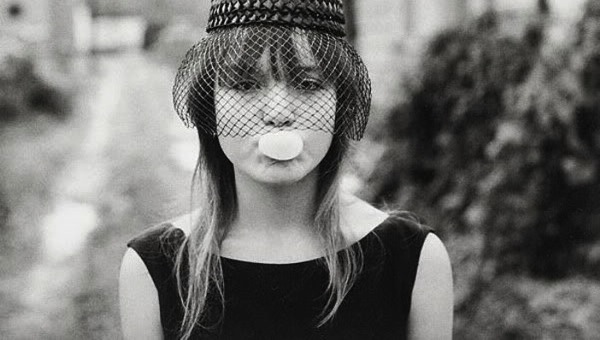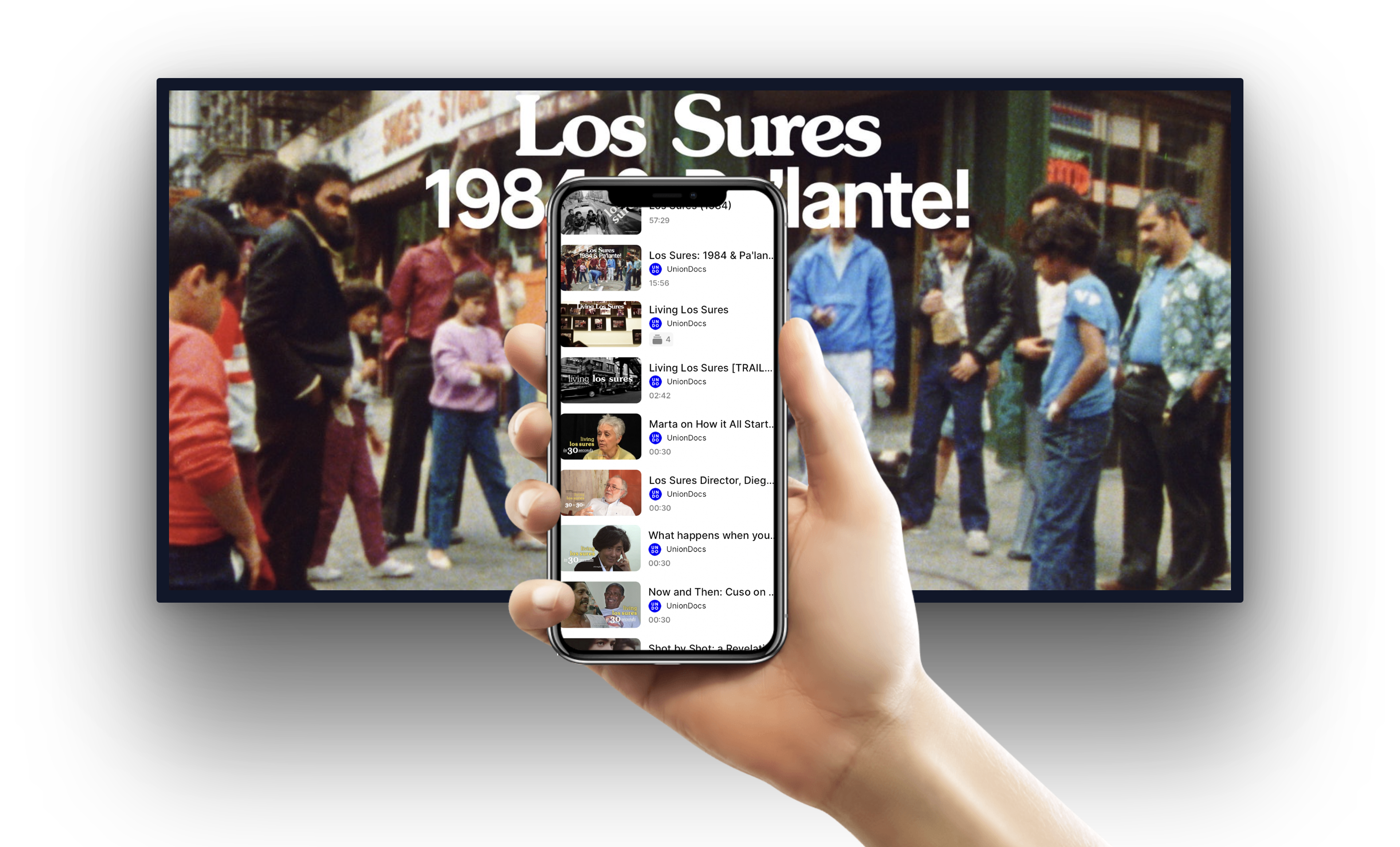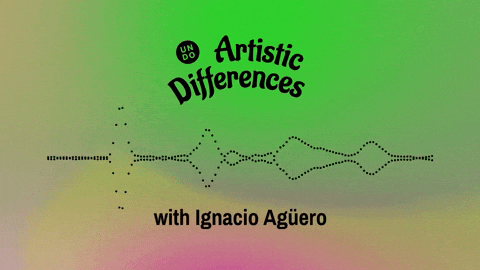Streetwise, A Film by Martin Bell, Mary Ellen Mark and Cheryl McCall
91 minutes | USA | 1984 | 16mm
“The expansion of a photo assignment by Mary Ellen Mark and Cheryl McCall for LIFE Magazine about street kids in Seattle, ‘America’s Most Livable City’, circa 1983. Executive-produced by Willie Nelson, featuring a soundtrack by Tom Waits, and photographed by Mark’s husband, Martin Bell, this documentary won an Oscar in 1984 and was never seen again, except on VHS. I found it in my local video store at 13-years-old and fell in love with it. And I’m sure to this day, no movie exists with more humanity and pathos. The subjects — Tiny, Rat, Dewayne, Shadow, Chrissie, Munchkin, Baby Gramps — are iconic in that self-aware, grown-up-to-soon, nothing-to-lose way of adolescents who’ve know too much heartbreak. Funny and grave in equal measure, they’re people you want to hang out with. As a document, this is the epitome of what theorist Andre Bazin identifies as the cinema’s ability to “embalm time”: these beautiful lives, hard and presumably short, burn on but don’t wait.”
— Matt Porterfield, (originally published July, 2013 in Dazed and Confused).
“this is an impressive achievement. Bell and his team clearly gained the confidence of their subjects, and despite their depressing lives, the kids reveal themselves in all their naive vitality.”
–Time Out
The first night of shooting, Bell was able to earn the trust of the kids by doing something unexpected. They were filming in the Dismas Center, a facility that provides food, counselling, and recreation for kids. Suddenly Chrissie, a sixteen-year-old street kid, became very angry with Bell for filming her. To everyone’s amazement, Bell closeded his camera magazine and gave her the exposed roll of film. Chrissie stormed out, holding the roll of film, which was later found crumpled on the sidewalk. After that incident, whenever Chrissie saw Mark and Bell on the street, she wanted to be filmed and to be their friend. By giving Chrissie the exposed film, Bell showed her and the other kids that he was not trying to steal something from them. If the kids wanted to be part of the film that was fine, but if they didn’t want to, that was ok too. Bell understood that it was hard for these kids to trust anyone, but he hoped they would learn to trust him enough to make the film.
From Labor Day to Halloween, 1983, Bell shot 50 hours of film. Many more hours of audio were recorded by Keith Desmond. The editor, Nancy Baker, reduced the dailies to 10 hours in a matter of weeks. Six months later, Baker had constructed the film Streetwise.
The film was released in theaters nationwide in 1984 by Joseph Saleh & Angelika Saleh – Angelika Films, and was nominated for an Oscar in 1985. Janet Maslin reviewed Streetwise for the New York Times. Mary Ellen Mark’s book, Streetwise, was first published by the University of Pennsylvania Press in 1988.
 Matt Porterfield (b. 1977) has written and directed three feature films in Baltimore, MD: Hamilton (2006), Putty Hill (2011) and I Used To Be Darker(Strand Releasing, 2013). He studied at New York University’s Tisch School of the Arts and teaches screenwriting, theory and production at Johns Hopkins University and Maryland Institute College of Art. In 2012, Matt was a featured artist in the Whitney Biennial, a Creative Capital grantee, and the recipient of a Wexner Center Artists Residency. His work is in the permanent collection of the Museum of Modern Art and the Harvard Film Archive and has screened at Anthology Film Archives, BAM, Centre Pompidou, Walker Art Center, Cinémathèque Française, Northwest Film Forum and film festivals such as Sundance, the Berlinale, and SxSW. Currently, he has two new projects in development, Metal Gods (IFP No Borders, 2012) and Sollers Point (IFFR’s Cinemart, 2013; Berlin Co-production Market, 2013).
Matt Porterfield (b. 1977) has written and directed three feature films in Baltimore, MD: Hamilton (2006), Putty Hill (2011) and I Used To Be Darker(Strand Releasing, 2013). He studied at New York University’s Tisch School of the Arts and teaches screenwriting, theory and production at Johns Hopkins University and Maryland Institute College of Art. In 2012, Matt was a featured artist in the Whitney Biennial, a Creative Capital grantee, and the recipient of a Wexner Center Artists Residency. His work is in the permanent collection of the Museum of Modern Art and the Harvard Film Archive and has screened at Anthology Film Archives, BAM, Centre Pompidou, Walker Art Center, Cinémathèque Française, Northwest Film Forum and film festivals such as Sundance, the Berlinale, and SxSW. Currently, he has two new projects in development, Metal Gods (IFP No Borders, 2012) and Sollers Point (IFFR’s Cinemart, 2013; Berlin Co-production Market, 2013).







